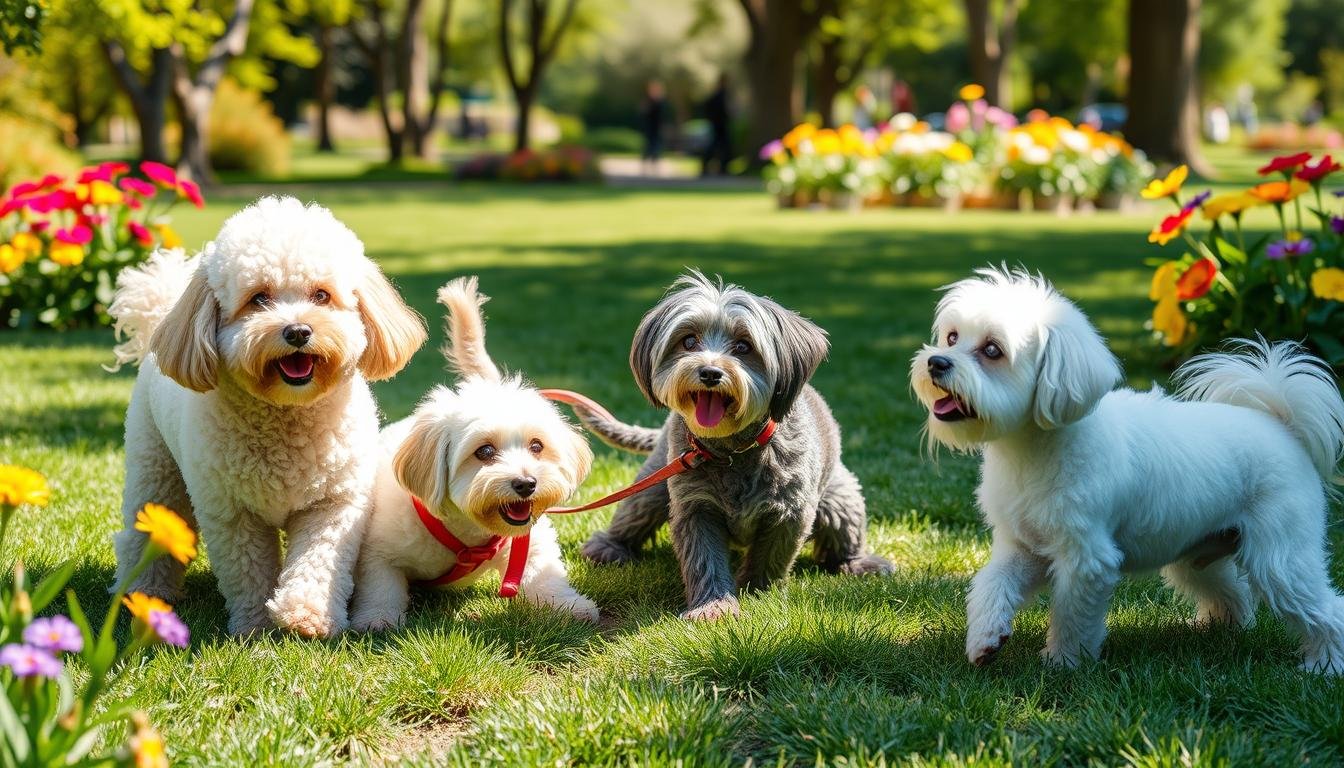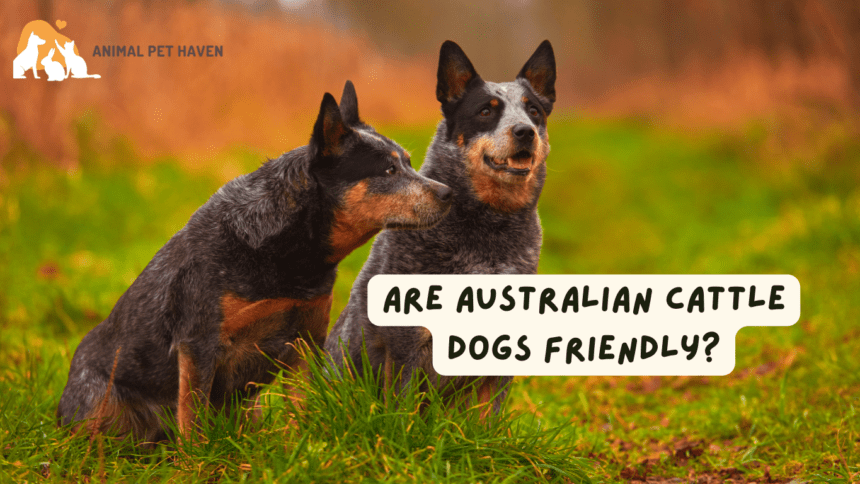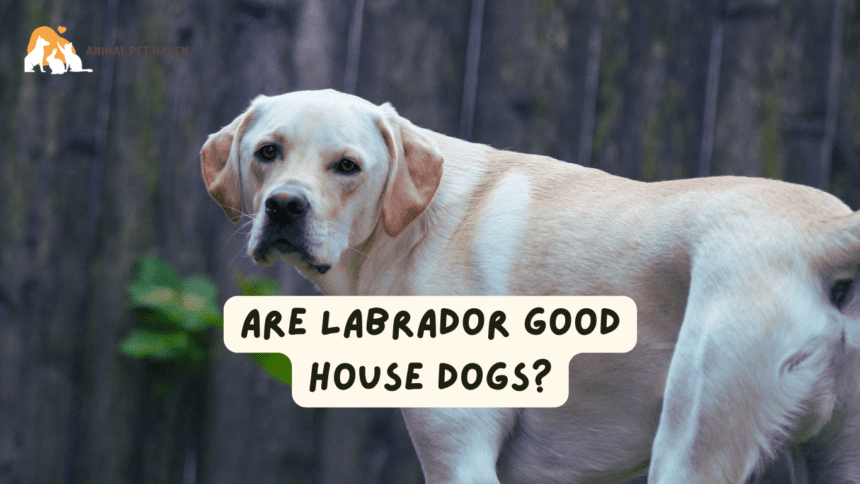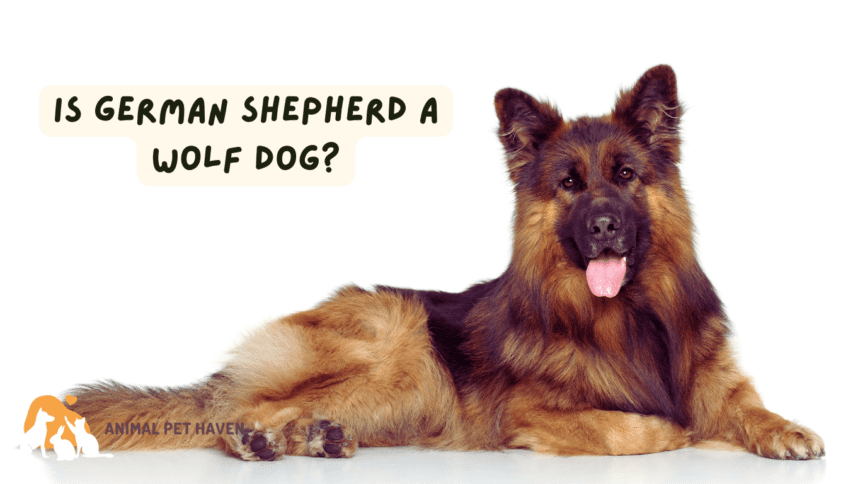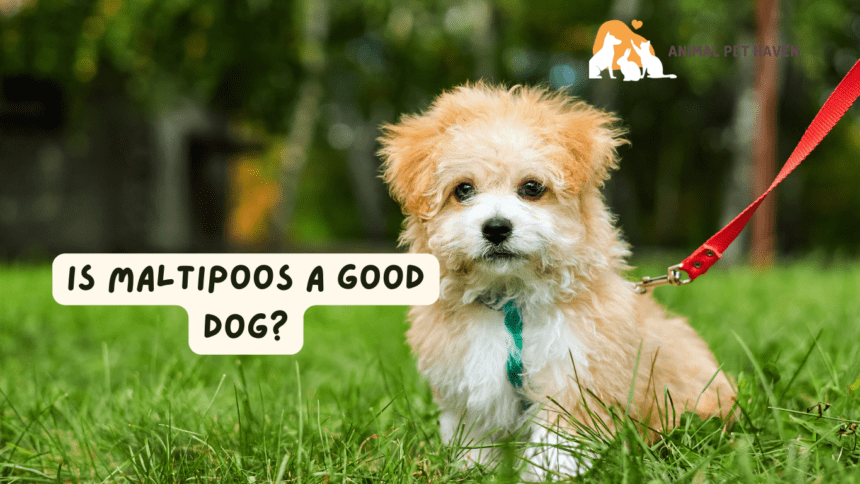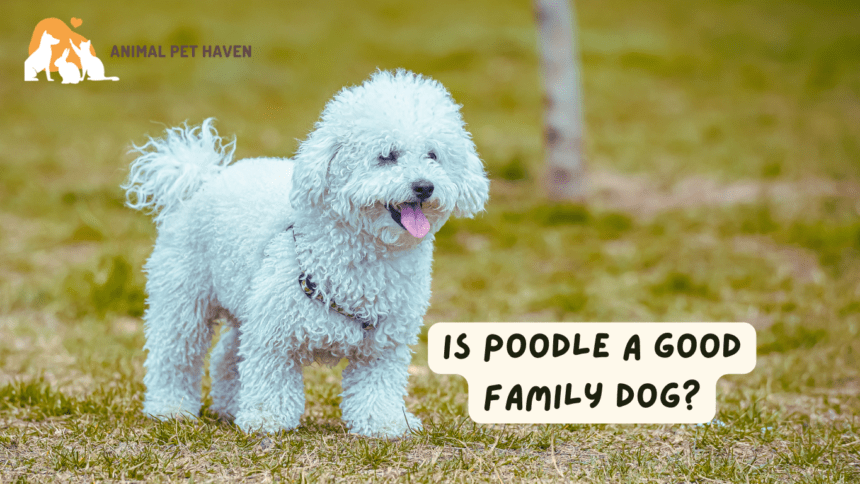For 10% to 20% of people allergic to dogs, finding a furry friend is tough. While no dog is 100% hypoallergenic, some breeds make fewer allergens. This makes them better for those with allergies.
Poodles, Bichon Frises, and Portuguese Water Dogs are top picks for those with allergies. They shed less and make fewer allergens. This helps reduce pet allergies. With the right grooming, allergy sufferers can have a dog without too much discomfort.
Understanding Hypoallergenic Dogs
Hypoallergenic dog breeds are popular among people with allergies who want pets. These dogs make fewer allergens, making them a good choice for those with allergies. Let’s look at what makes a dog hypoallergenic and clear up some myths.
What makes a dog hypoallergenic?
Hypoallergenic dogs have low-shedding coats, which means less dander in the home. They often have hair instead of fur, leading to less shedding and fewer allergens. Regular grooming is key in managing pet allergies, helping to reduce allergens further.
The myth of 100% hypoallergenic dogs
No dog is completely 100% hypoallergenic. All dogs produce some allergens. But, some breeds are less likely to cause allergic reactions because of their coat type and reduced shedding. Choosing a hypoallergenic breed can greatly improve the life of someone with allergies.
Allergens in dogs: dander, saliva, and urine
Dog allergens come from different sources, not just fur. Dander, saliva, and urine all have proteins that can cause allergic reactions. Reducing dander is crucial in managing pet allergies. Regular bathing and grooming help cut down on these allergens, making it easier for people with allergies to live with dogs.
- Dander: Tiny flakes of skin that can trigger allergies
- Saliva: Contains proteins that may cause reactions when dogs lick
- Urine: Can leave allergens on surfaces where dogs relieve themselves
By understanding these factors, people with allergies can make better choices when picking a hypoallergenic dog breed. They can also find effective ways to manage allergies in their homes.
Benefits of Choosing a Hypoallergenic Breed
Allergy-friendly dogs are a hope for those who love pets but have allergies. These dogs make it possible for people with allergies to have pets. About 10% of people are allergic to dogs, but hypoallergenic breeds can lessen these symptoms.
Hypoallergenic dog advantages include:
- Less shedding and dander production
- Easier breathing for allergy sufferers
- Reduced need for allergy medications
- More enjoyable pet companionship
Popular breeds like Poodles, Maltese, and Portuguese Water Dogs shed very little. This helps keep allergens away. It lets people with allergies enjoy having a dog without constant discomfort.
No dog is completely hypoallergenic, but these breeds can make a big difference. Regular grooming and proper care help keep allergens low in your home. With the right breed and care, you can have a dog and manage your allergies well.
Poodle: The Classic Hypoallergenic Choice
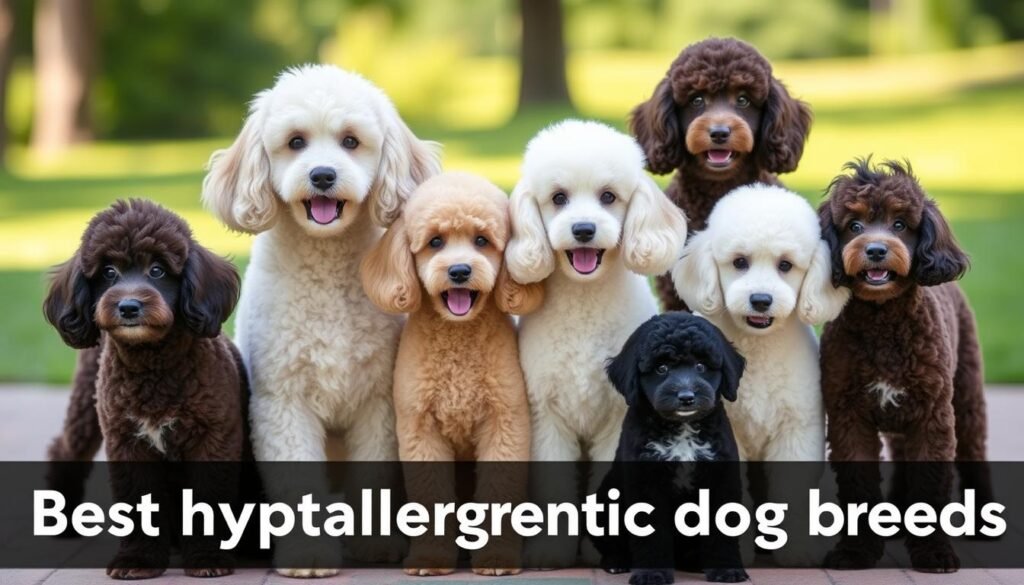
Poodles are a top choice for people with allergies. They come in three sizes, fitting well into different homes. Their hypoallergenic coat and low shedding make them great for those with allergies.
Different Poodle Sizes
Poodle varieties meet different needs:
- Standard Poodles: Largest size, standing over 15 inches tall
- Miniature Poodles: Medium-sized, between 10 to 15 inches in height
- Toy Poodles: Smallest variety, under 10 inches tall
Poodle Temperament and Care
Poodles are friendly and love to stay active. They need mental and physical challenges. Daily walks and playtime keep them happy and healthy.
Grooming Needs for Poodles
Grooming is key for Poodles to stay hypoallergenic. Their curly coat needs regular brushing to avoid mats. Professional grooming every 4-6 weeks keeps their coat in great shape. This care makes Poodles a top choice for those with allergies.
Bichon Frise: A Fluffy, Low-Shedding Companion
The Bichon Frise is a charming breed that captures hearts with its fluffy white coat and friendly nature. These small hypoallergenic dogs are perfect for allergy sufferers seeking a lovable companion. Standing at 9.5-11.5 inches tall and weighing 10-20 pounds, Bichons are ideal for various living situations, including apartments.
Bichon Frise temperament is known for being playful, affectionate, and adaptable. These white fluffy dogs thrive on human interaction and are excellent with children and other pets. Their intelligent nature makes them highly trainable, often excelling in obedience and performance activities.
Bichon grooming is an essential aspect of ownership. Their coat requires regular brushing and trimming to prevent matting and maintain its signature fluffy appearance. While grooming needs are higher than some breeds, the trade-off is minimal shedding, making Bichons an excellent choice for those with allergies.
- Lifespan: 12-15 years
- Hypoallergenic: Yes
- Grooming: Regular brushing and professional trimming
- Exercise: Moderate daily activity
As apartment-friendly breeds, Bichon Frises adapt well to various living spaces. Their moderate exercise needs can be met with daily walks and playtime. With proper care, including regular grooming and veterinary check-ups, Bichons can live happy, healthy lives for 12-15 years, providing years of joy to their families.
Portuguese Water Dog: An Active, Allergy-Friendly Breed
The Portuguese Water Dog is a great pick for those who love active, hypoallergenic dogs. These dogs are full of energy and have low-shedding coats. They’re perfect for people with allergies who love to stay active.
History and Purpose
Originally, Portuguese Water Dogs helped fishermen. Their strong swimming and waterproof coats were key on fishing boats. Now, they’re cherished family pets, keeping their energy and smarts.
Exercise and Grooming Needs
Keeping a PWD’s coat hypoallergenic requires regular grooming. Daily brushing and monthly hair cuts help manage shedding. They need lots of exercise, with at least two 20-minute play sessions a day. Their high energy is great for families who love the outdoors.
Temperament and Trainability
Portuguese Water Dogs are very smart and eager to please. They do well in training and can even help in therapy work. They’re loving and good with kids and other pets. With the right socialization, they become loyal and loving family members.
- Weight: 35-60 pounds
- Height: 17-23 inches
- Lifespan: 10-13 years
- Exercise needs: High
- Trainability: Medium-High
For those with allergies looking for a lively, smart, and hypoallergenic pet, the Portuguese Water Dog is a top choice. Their playful, trainable nature and low-shedding coat make them stand out among water dog breeds.
Soft Coated Wheaten Terrier: Irish Charm with Low Allergens
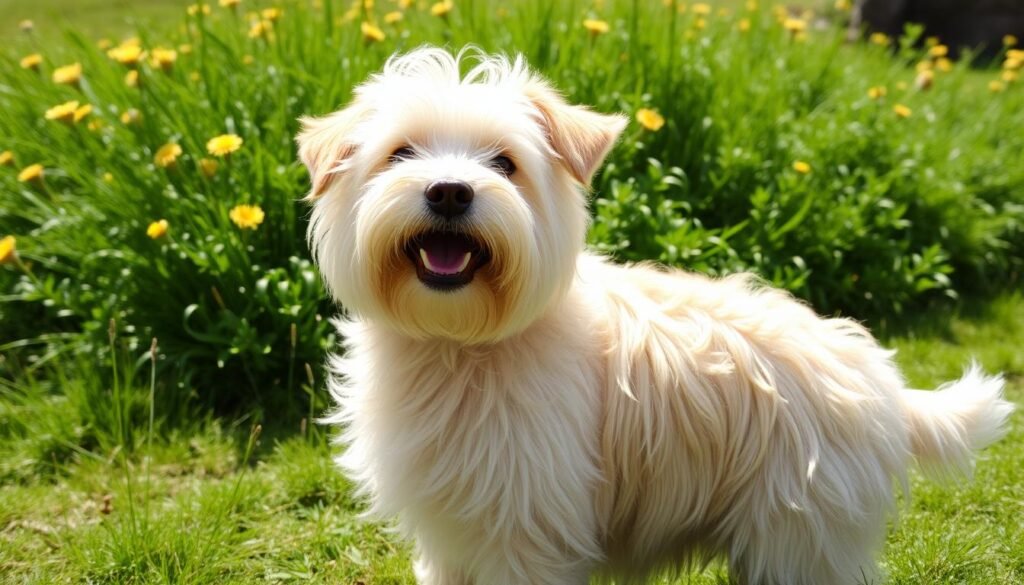
The Soft Coated Wheaten Terrier is a delightful Irish dog breed. It combines charm with hypoallergenic qualities. These medium-sized hypoallergenic dogs are perfect for families seeking a friendly companion without the worry of excessive shedding. Their coat resembles ripening wheat, giving them their distinctive name.
Wheaten Terrier traits include a playful and energetic personality. They are excellent family-friendly terriers. They adapt well to various living situations, from apartments to houses with yards. Their intelligence and eagerness to please make training a joy, though they can be stubborn at times.
Wheaten grooming is an essential aspect of caring for these dogs. Their soft, silky coat requires regular brushing to prevent matting and tangling. Professional grooming every 6-8 weeks helps maintain their signature look. Despite their grooming needs, Wheatens shed minimally, making them a great choice for allergy sufferers.
- Weight: 30-40 pounds
- Height: 17-19 inches
- Lifespan: 12-14 years
- Exercise needs: Moderate to high
As with all dogs, Soft Coated Wheaten Terriers need daily exercise and mental stimulation. A brisk walk, playtime in the yard, or interactive games can help meet their energy requirements. With proper care and attention, these Irish charmers make wonderful, low-allergen companions for families of all sizes.
Schnauzer Varieties: Miniature, Standard, and Giant
Schnauzers come in three sizes: Miniature, Standard, and Giant. Each size has its own special traits. They all have the classic Schnauzer look and a friendly temperament. Plus, they are great for people with allergies because they shed very little.
Comparing the Three Schnauzer Sizes
Miniature Schnauzers are small, standing up to 14 inches tall and weighing 11 to 20 pounds. Standard Schnauzers are a bit bigger, reaching 19.5 inches and weighing up to 50 pounds. Giant Schnauzers are the largest, growing to 23 to 27 inches tall and weighing up to 95 pounds. Yet, all Schnauzers live a long life, from 13 to 16 years.
Schnauzer Grooming and Exercise Requirements
Keeping Schnauzers clean is key to their hypoallergenic nature. Their fur needs regular brushing and trimming. Exercise needs vary by size, but all Schnauzers need daily walks and playtime. This keeps them happy and healthy.
Personality Traits of Schnauzers
Schnauzers are alert, smart, and loving. They make great watchdogs and loyal friends. They fit well in many homes, from apartments to big houses with yards. With the right training and socialization, they make wonderful family pets, no matter their size.
Best Hypoallergenic Dog Breeds for Different Lifestyles
Choosing the right hypoallergenic dog depends on your lifestyle. For apartment dwellers, small breeds like Maltese and Yorkshire Terriers are great. Maltese grow to about nine inches tall and are gentle companions. Yorkies are protective and thrive in homes of any size.
Active families might prefer energetic hypoallergenic breeds. Standard Poodles, reaching 15 inches at the shoulder, are affectionate and friendly. Portuguese Water Dogs are another active hypoallergenic breed, known for their intelligence and trainability.
Low-maintenance allergy-friendly dogs include the Chinese Crested and Bedlington Terrier. These breeds shed minimally, reducing allergens in your home. The hairless Chinese Crested is particularly suited for allergy sufferers.
Family-friendly hypoallergenic breeds include the Bichon Frise and Soft Coated Wheaten Terrier. Goldendoodles are gentle and good with children, making them excellent family pets. West Highland White Terriers are happy, independent, and curious, ideal for homes with kids.
- For apartments: Maltese, Yorkshire Terriers
- Active breeds: Standard Poodles, Portuguese Water Dogs
- Low-maintenance: Chinese Crested, Bedlington Terrier
- Family-friendly: Bichon Frise, Soft Coated Wheaten Terrier, Goldendoodles
Hypoallergenic companion dogs like the Affenpinscher and Havanese are perfect for those seeking loyal, affectionate pets. The Miniature Schnauzer, weighing 11 to 18 pounds, adapts well to various environments and makes a smart, friendly companion.
Maltese: A Tiny, Hypoallergenic Lap Dog
The Maltese breed is a top pick for those with allergies looking for a small, cuddly friend. These tiny dogs, weighing under seven pounds, have been loved for over 2,000 years. Their long, silky white coats make them a favorite among small hypoallergenic breeds.
Characteristics of the Maltese breed
Maltese dogs are very affectionate and love their families a lot. They are only 8 to 9 inches tall but full of love. Their coats shed very little, which is great for allergy sufferers. They are also playful and smart, making them fun to be around.
Grooming and care for Maltese dogs
Maltese dogs need regular grooming to keep their coats looking good. Daily brushing prevents matting and keeps their hair silky. They also need baths and sometimes a professional groomer to keep their coat healthy. This care is worth it for a dog that brings so much happiness.
Ideal living situations for Maltese
Maltese dogs are perfect for apartment living and are great for seniors or families with older kids. They are small and don’t need a lot of exercise. However, they can get anxious when left alone, so they need someone around most of the time. With the right care, a Maltese can be a wonderful hypoallergenic lap dog for those with allergies.
FAQ
What makes a dog hypoallergenic?
Hypoallergenic dogs make less allergen and shed less than others. They often have curly, long, or no hair. This helps cut down on allergen exposure.
Are any dogs 100% hypoallergenic?
No, there’s no 100% hypoallergenic dog. All dogs make some allergens. But, hypoallergenic breeds make fewer and are less likely to cause allergies.
What are the main sources of allergens in dogs?
Main allergens in dogs come from dander, saliva, and urine. It’s not just fur or hair.
How can hypoallergenic dogs help allergy sufferers?
Hypoallergenic breeds let people with allergies have a dog without bad symptoms. They make fewer allergens and shed less, lowering allergy risks.
What are the grooming requirements for hypoallergenic dogs?
Many hypoallergenic dogs need regular grooming to keep their coats nice. Poodles, Bichon Frise, and Soft Coated Wheaten Terriers need a lot of brushing and professional grooming.
Are hypoallergenic dogs suitable for all living situations?
Hypoallergenic dogs fit different homes. Small breeds like Maltese and Yorkshire Terriers are great for apartments. Active breeds like Portuguese Water Dogs and Poodles need yards and active owners.
What are some popular hypoallergenic breeds for families?
Good hypoallergenic breeds for families are Bichon Frise, Soft Coated Wheaten Terrier, Miniature Schnauzer, and Poodles. They’re usually friendly with kids and fit many homes.

